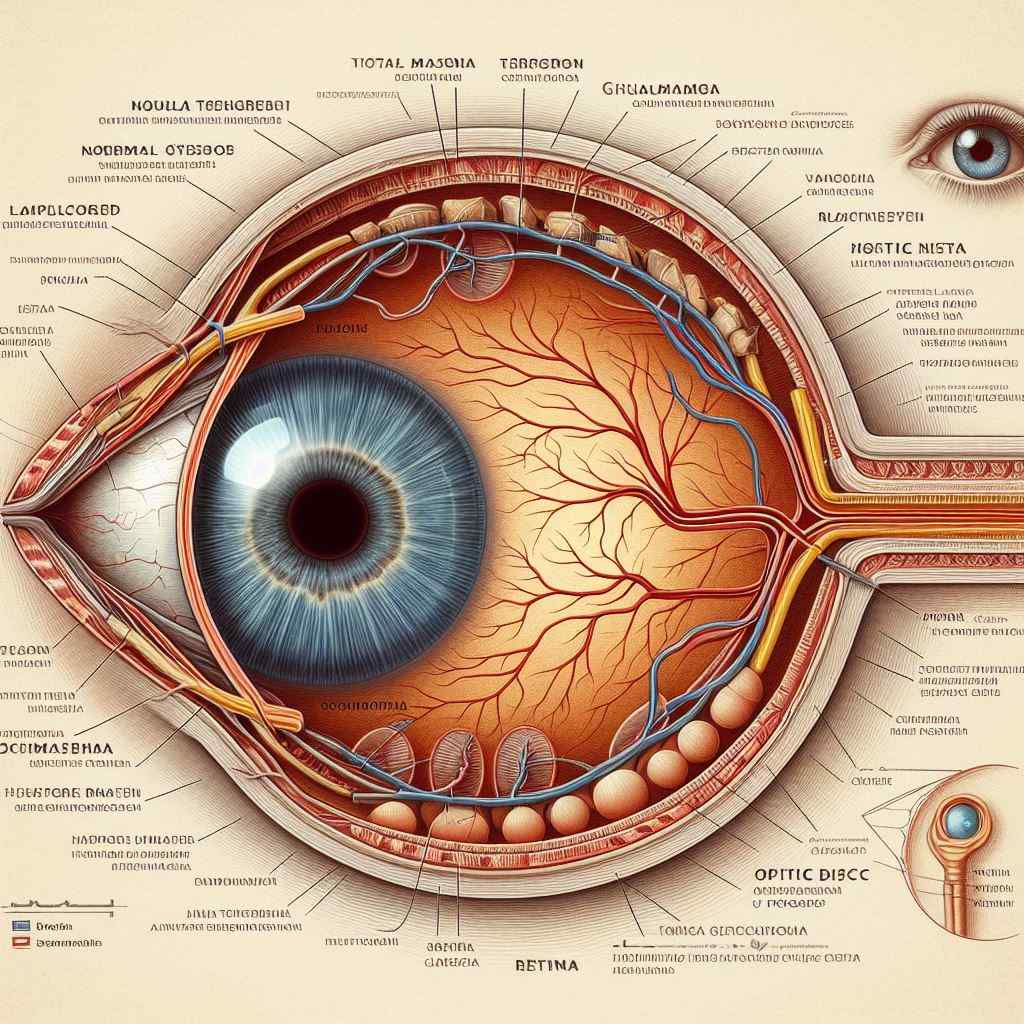
Understanding Normal-Tension Glaucoma: Mechanisms, Diagnosis, Management, and Recent Advances
Abstract: Normal-tension glaucoma (NTG) presents a unique challenge in glaucoma management, characterized by progressive optic nerve damage and visual field loss despite seemingly normal intraocular pressure (IOP) levels. This article offers a comprehensive review of NTG, exploring its underlying mechanisms, diagnostic criteria, treatment strategies, and recent innovations. By delving into the intricacies of NTG, ophthalmologists can optimize patient care and improve outcomes in this enigmatic condition.
Introduction: Normal-tension glaucoma, also known as low-tension glaucoma, poses diagnostic and therapeutic dilemmas due to its association with optic nerve damage and visual field loss in the absence of elevated IOP. Understanding the underlying mechanisms contributing to optic nerve injury in NTG is essential for accurate diagnosis and effective management.
Mechanisms: The pathophysiology of NTG remains incompletely understood but is thought to involve multifactorial mechanisms, including vascular dysregulation, abnormal ocular blood flow, and susceptibility of the optic nerve to IOP fluctuations. Additionally, factors such as genetic predisposition, autoimmune responses, and oxidative stress may contribute to optic nerve damage in NTG.
Diagnostic Criteria: Diagnosis of NTG requires comprehensive evaluation, including measurement of IOP, assessment of optic nerve morphology, visual field testing, and evaluation of ocular blood flow. Ancillary tests such as optical coherence tomography (OCT), Heidelberg retinal tomography (HRT), and fluorescein angiography may aid in detecting structural and functional changes characteristic of NTG.
Treatment Strategies: Management of NTG focuses on reducing disease progression, preserving visual function, and optimizing quality of life for affected individuals. Treatment modalities may include topical ocular hypotensive medications to lower IOP, neuroprotective agents to promote optic nerve health, and lifestyle modifications to optimize ocular blood flow. Surgical interventions such as trabeculectomy or glaucoma drainage devices may be considered in cases of progressive disease or medication intolerance.
Recent Advances: Recent innovations in NTG management aim to improve diagnostic accuracy, enhance treatment efficacy, and minimize adverse effects associated with therapy. Advancements such as nocturnal IOP monitoring devices and continuous IOP monitoring systems offer insights into IOP fluctuations and their impact on optic nerve health in NTG patients. Additionally, emerging neuroprotective agents and gene therapy approaches hold promise for preserving visual function and halting disease progression in NTG.
Conclusion: Normal-tension glaucoma presents a diagnostic and therapeutic challenge in ophthalmology, requiring a multifaceted approach to management. By staying informed about the latest research and innovations in NTG, ophthalmologists can optimize patient outcomes and improve quality of life for individuals affected by this complex condition.
For further reading and reference:
- American Academy of Ophthalmology – Normal-Tension Glaucoma: https://www.aao.org/eye-health/diseases/normal-tension-glaucoma
- Glaucoma Research Foundation – Normal-Tension Glaucoma: https://www.glaucoma.org/glaucoma/normal-tension-glaucoma.php
- National Eye Institute – Glaucoma: https://www.nei.nih.gov/learn-about-eye-health/eye-conditions-and-diseases/glaucoma


